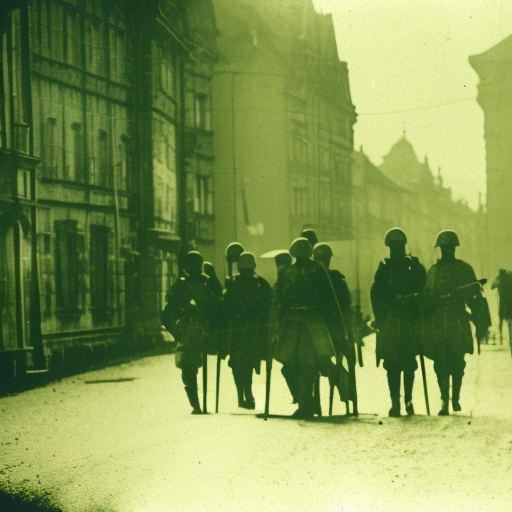Silesian Wars: The Struggle for Control
The Silesian Wars were a series of conflicts fought between Prussia and Austria for control over the region of Silesia in the 18th century. These wars were a significant turning point in European history, as they marked the rise of Prussia as a major power and the decline of Austria’s influence in the region.
Background: Silesia, located in present-day Poland, was a prosperous and strategically important region in Central Europe. It was known for its rich mineral resources and thriving industries, making it a valuable prize for any aspiring European power. At the time, Silesia was part of the Habsburg Monarchy, ruled by Austria.
The First Silesian War (1740-1742): The first conflict began in 1740 when King Frederick II of Prussia, also known as Frederick the Great, launched an invasion of Silesia. This move was prompted by the death of the Habsburg Emperor Charles VI, which created a power vacuum and an opportunity for Prussia to expand its territory. Despite being outnumbered, Frederick’s well-disciplined Prussian army quickly gained the upper hand and captured key Silesian cities. The war ended with the Treaty of Berlin in 1742, which recognized Prussian control over most of Silesia.
The Second Silesian War (1744-1745): The second conflict erupted when Austria, led by Empress Maria Theresa, sought to regain control over Silesia. Supported by France, Austria launched a counteroffensive against Prussia. However, the war ended inconclusively with the Treaty of Dresden in 1745, which confirmed Prussian control over Silesia.
The Third Silesian War (1756-1763): The third and final war was part of the larger conflict known as the Seven Years’ War. It began when Austria, with the support of Russia and France, declared war on Prussia. This war was characterized by a series of military campaigns and shifting alliances. Prussia faced significant challenges, including a Russian invasion and the threat of a French invasion from the west. However, Frederick the Great skillfully maneuvered his forces and won several decisive battles, including the famous Battle of Leuthen in 1757. The war ended with the Treaty of Hubertusburg in 1763, which confirmed Prussian control over Silesia.
Impact: The Silesian Wars had far-reaching consequences for both Prussia and Austria. Prussia emerged as a major European power, gaining not only Silesia but also international recognition and respect. The wars showcased the effectiveness of Prussia’s military reforms and established Frederick the Great as a brilliant military strategist. Meanwhile, Austria suffered a significant blow to its prestige and territorial ambitions. The loss of Silesia weakened Austria’s position in Central Europe and marked the beginning of Prussia’s ascendancy in the region.
Conclusion: The Silesian Wars were a series of conflicts that shaped the balance of power in 18th-century Europe. Prussia’s successful acquisition of Silesia marked its rise as a major player on the European stage, while Austria’s defeat signaled the decline of its influence in the region. These wars laid the foundation for future conflicts and rivalries, ultimately leading to the reshaping of the European political landscape.












